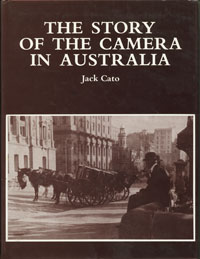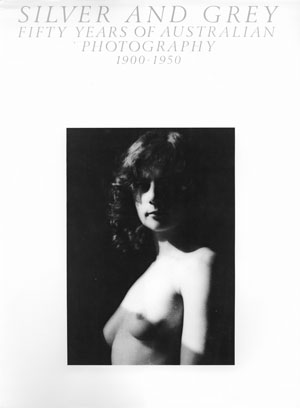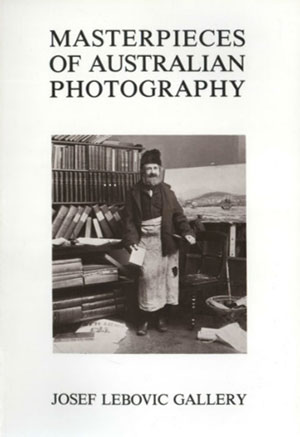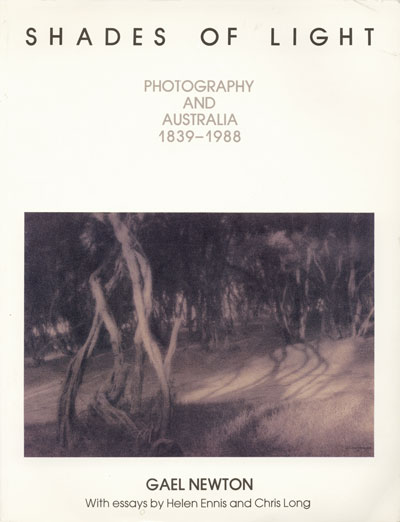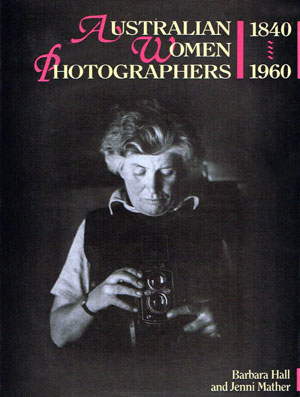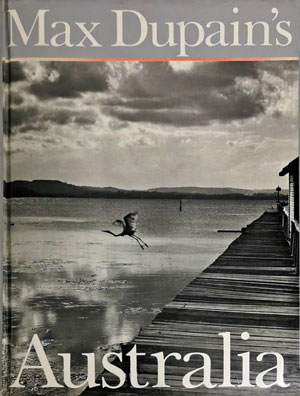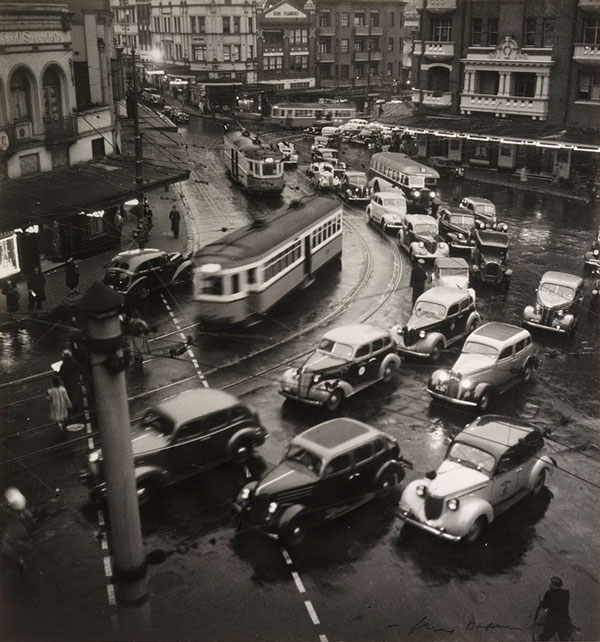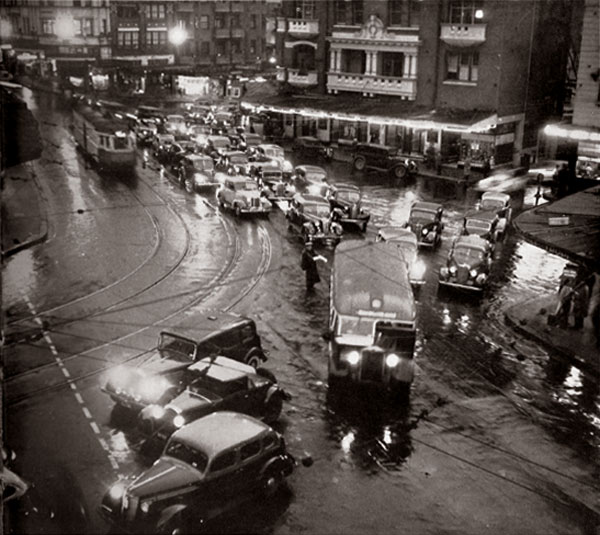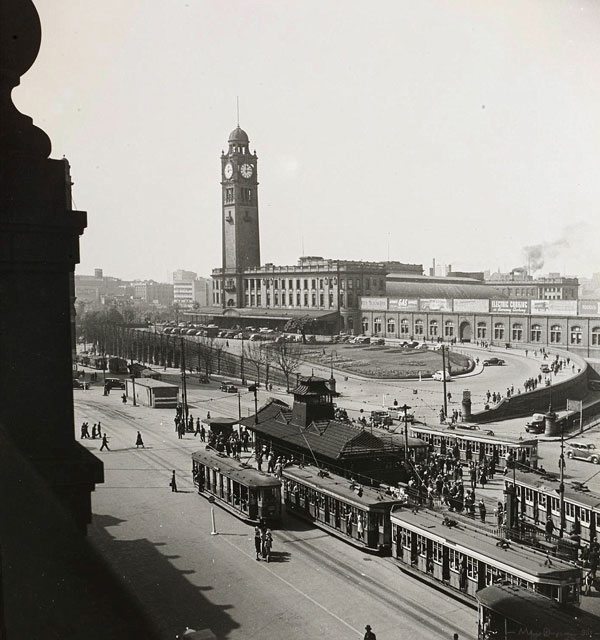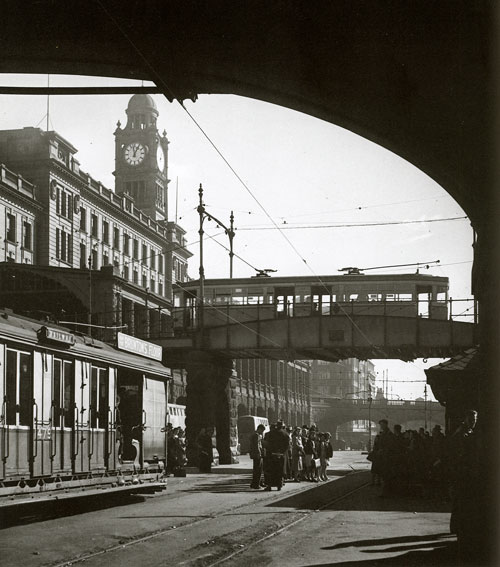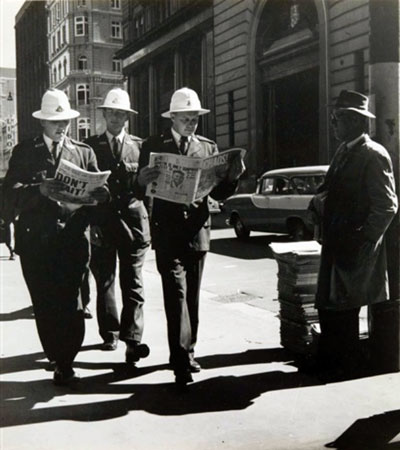|
|
• photo-web • photography • australia • asia pacific • landscape • heritage •
• exhibitions • news • portraiture • biographies • urban • city • views • articles • • portfolios • history •
• contemporary • links • research • international • art • Paul Costigan • Gael Newton •
